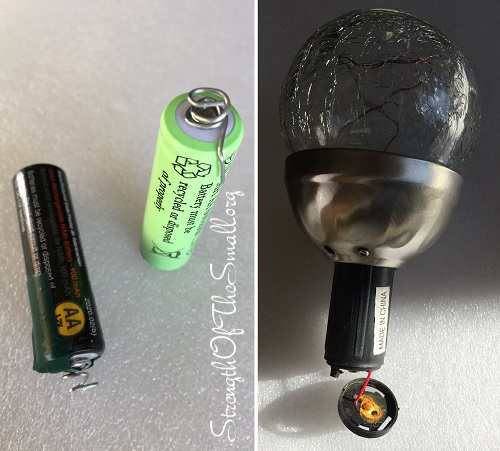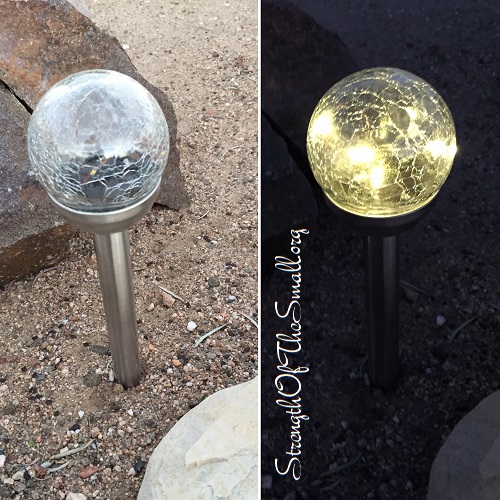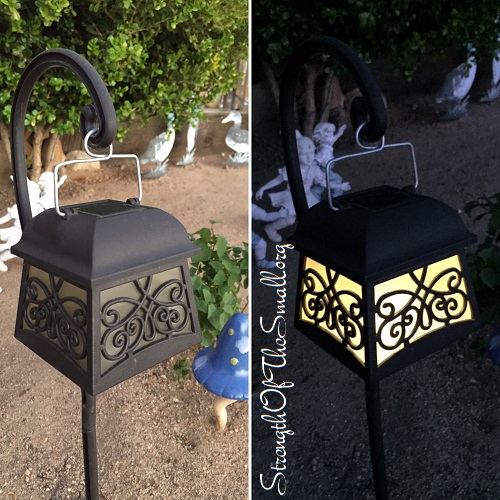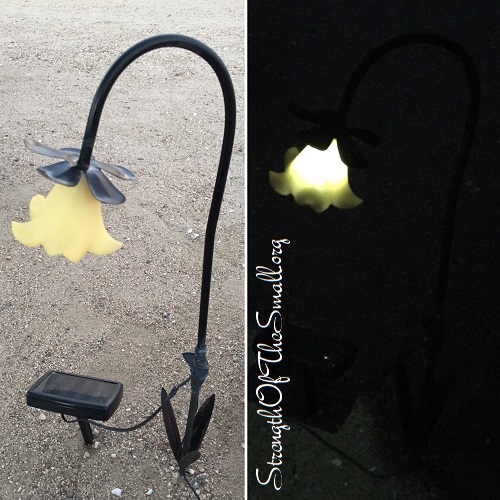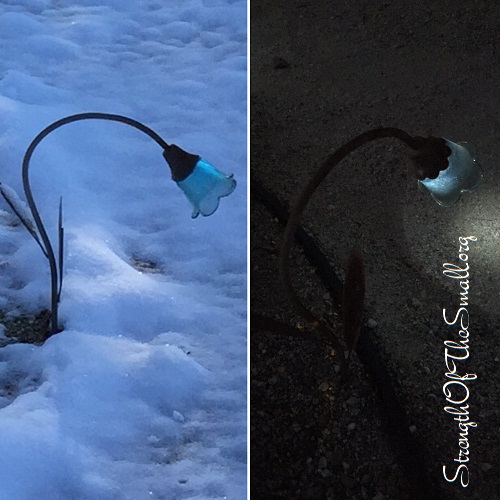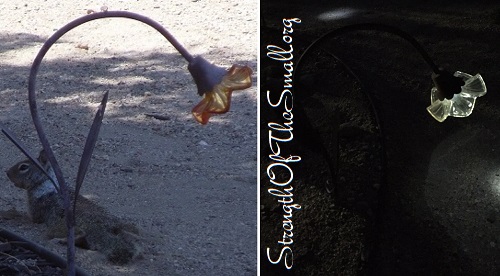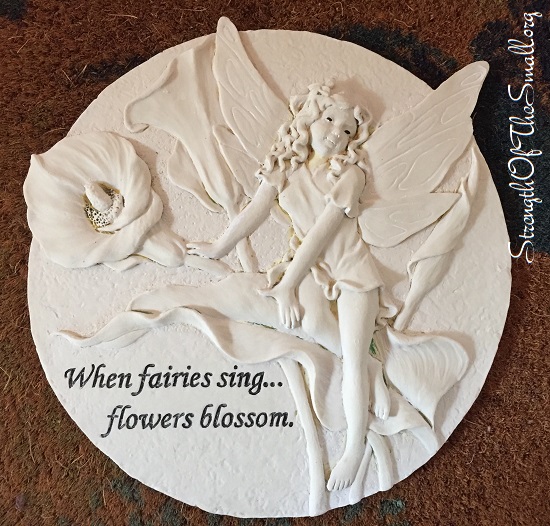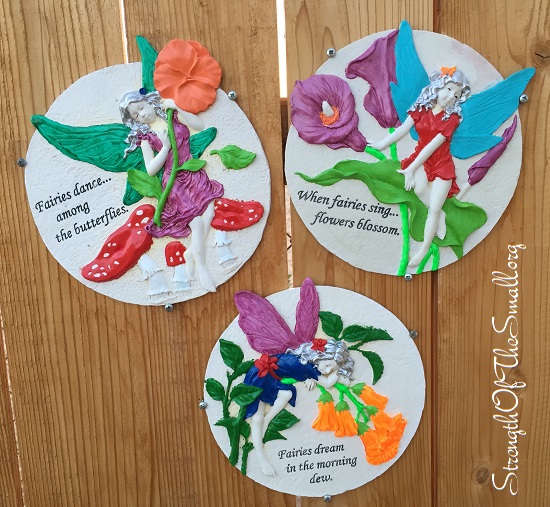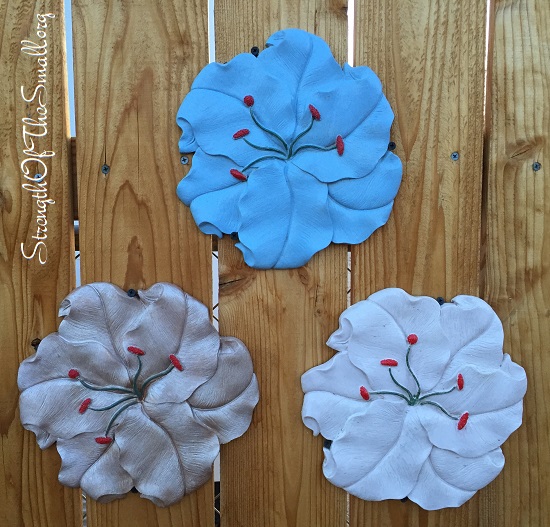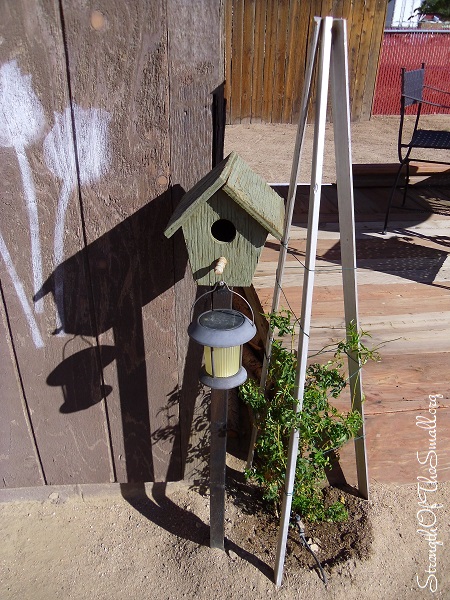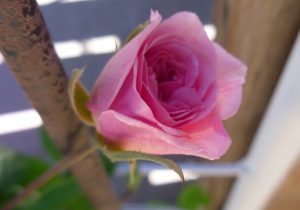It’s a new month and a new leaf has been turned …
It’s hot, it’s scorching hot! It’s a huge relief to know that we have had less brush fires since the start of Summer, and I hope it stays this way. What we really need now is a good rainfall. It rained last night; it rained for less than five minutes, but it rained hard. The downside of Summer showers is the intense heat the next day; but still, a good rainfall is always welcomed.
We visited a few places these past months. We let the kids loose at Knott’s Berry Farm, we enjoyed a peaceful walk at the California Botanic Gardens, we went to a couple of Lakes, and we are planning to have some fun at the Disney California Adventure Park this Fall, when the weather cools down.

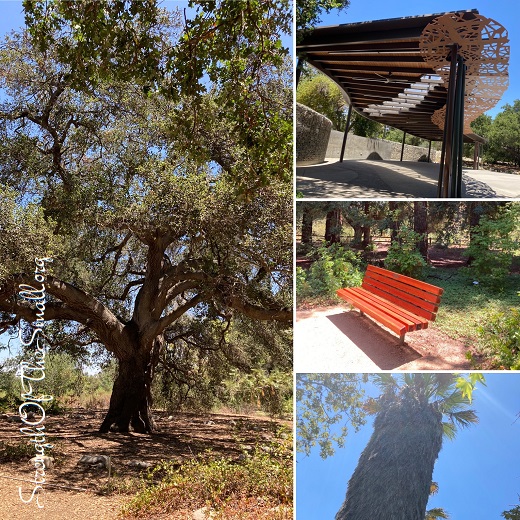
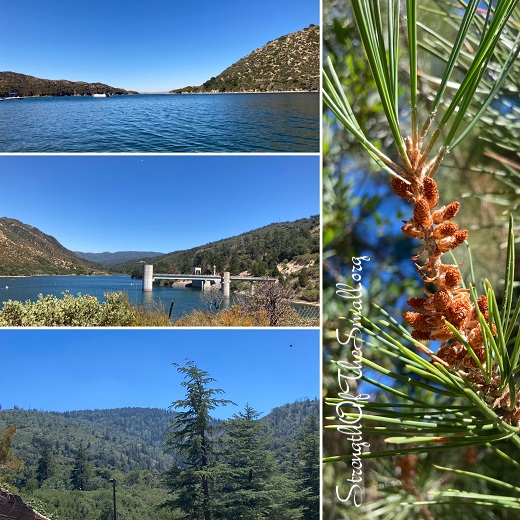
I didn’t know how much Gophers love the Gopher plants, until I lost a few in the backyard; I lost everything from the side next to the fence, I lost one plant in the front yard and started seeing holes around the other plants in the front yard. The fix was simple at that point: I got rid of the remainder of the Gopher plants. They came looking once and haven’t disturbed my garden since. What I have learned fighting rodents for the past fifteen years is that they end up winning when they set their eyes and incisors on something.
Most of the succulents are blooming …
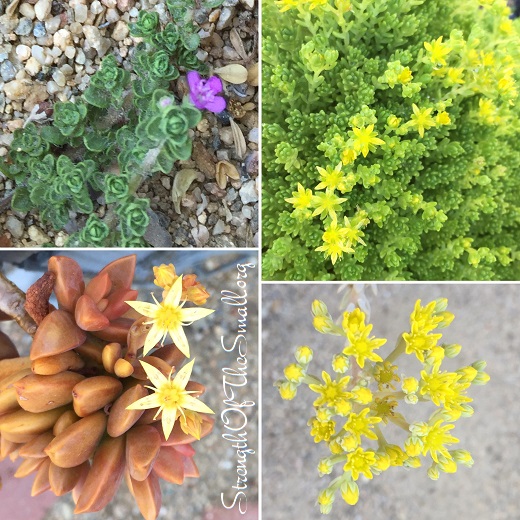
I also got rid of all the Salvia Greggii around the Horsetail Reed growing in barrels and my husband spray painted all four barrels white. I got rid of all the Creeping Myrtle planted in the ground, and left the potted one untouched. I think having less plants in the front yard will make it a little easier to maintain the garden.
Happy New Month and Happy Gardening!
